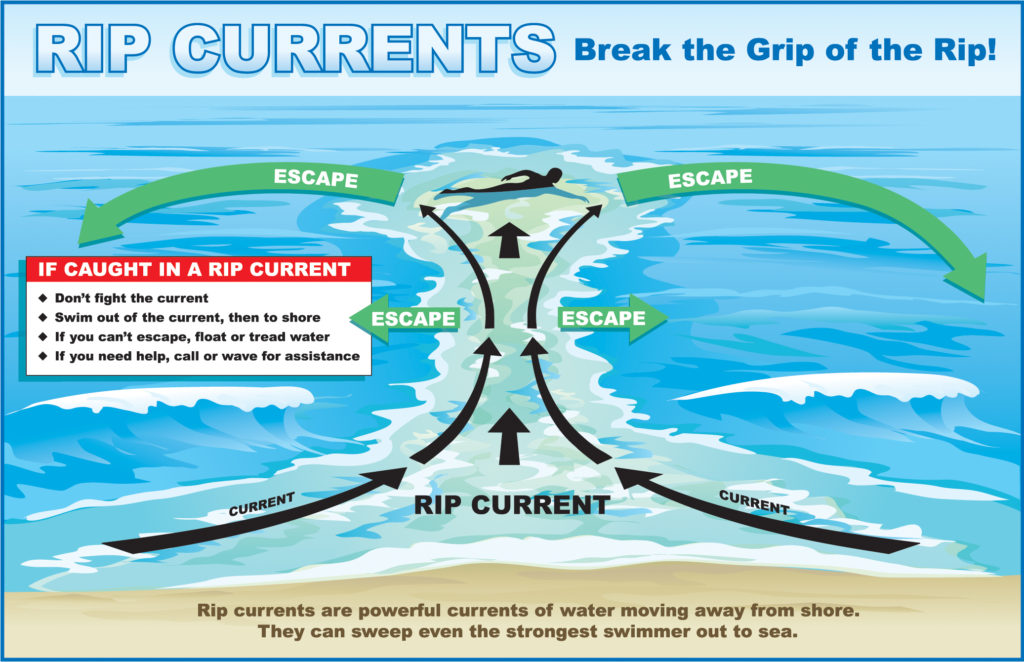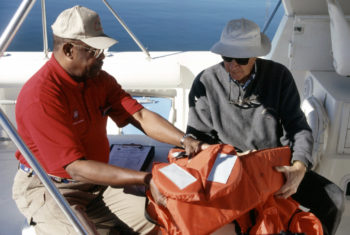Being out on the water is a boatload of fun. Nevertheless, when all that water surrounds you, knowing how to swim is vital. Yet often the question posed by crew and guests is, “Why do I need to be a proficient swimmer and wear a life jacket if I don’t intend to go in the water?”
The answer is clear! Life jackets keep everyone safer when the unexpected happens, such as a sudden squall, a swamping wake, or an accident. Skillful swimmers aren’t created splashing in a pool; they complete swim lessons to Red Cross standards taught by certified instructors.
Where cause of death was known, 76 percent of fatal boating accident victims drowned. Stats for reported life jacket usage reveal more than 80 percent of those who died were not wearing a life jacket. 
Practice “man overboard” situations with crew and passengers. The one in the water should watch the vessel while yelling loudly and repeatedly. The person on watch must remain calm while informing the skipper what has happened.
Additional safety tips:
1 Don’t go for a swim without telling someone on the boat — make sure the person agrees to keep an eye on you.
2 Never swim alone and always look out for each other.
3 Don’t dive into shallow water.
4 Never dive headfirst.
5 If the water turns discolored, choppy, or foamy, return to the boat.
6 If you spot jellyfish, go back to the boat.
7 Don’t swim under the back deck or near the swim platform when an engine or generator is running.
9 Never go near a propeller.
If a rip current catches you, swim parallel to the boat. Once free of the current, swim diagonally back to the boat




